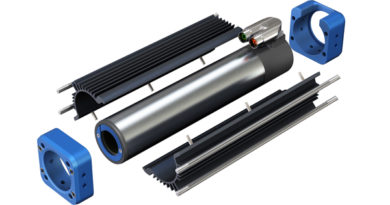Implement effective manufacturing process analytics
 Manufacturers can accurately predict component life, replacement requirements, energy efficiency, utilization, and other factors that directly affect production capacity, throughput, quality, sales, customer acceptance, and overall efficiency by extracting real value from their data. More manufacturers than ever can use digital analytics thanks to new wireless connectivity tools and inexpensive sensors. They can collect, filter, process, and visualize vast amounts of data from various sources covering every stage of the product life cycle, from warranty claims to product design, if they have the appropriate tools.
Manufacturers can accurately predict component life, replacement requirements, energy efficiency, utilization, and other factors that directly affect production capacity, throughput, quality, sales, customer acceptance, and overall efficiency by extracting real value from their data. More manufacturers than ever can use digital analytics thanks to new wireless connectivity tools and inexpensive sensors. They can collect, filter, process, and visualize vast amounts of data from various sources covering every stage of the product life cycle, from warranty claims to product design, if they have the appropriate tools.
The manufacturing sector faces three key analytics challenges:
- Variety: Data is frequently trapped in organizational silos, making it difficult to share across departments. It could be kept in several databases, incompatible formats, PDFs, or even plain text. Sharing this data in a useful way is costly, time-consuming, and practically impossible without the appropriate tools.
- Volume: Data from suppliers, distributors, consumers, and other third parties, as well as sensor networks (both within and outside the business), is constantly rising and can quickly become overwhelming. Engineers and managers may extract usable, actionable information from large amounts of data by focusing on outliers, recognizing trends, and clusters.
- Velocity: Manufacturing supply networks are constantly changing in terms of structure and flow, and crucial data frequently flows in via real-time message buses. In today’s corporate climate, a software infrastructure designed for real-time operating situations is a must.
Altair has found that there are four key elements that must be in place for a firm to achieve the greatest possible gains from investments in analytics technology:
- Data-savvy engineering personnel
- Access to quality data
- Best-of-breed software
- Business processes and incentives that support data-driven decision making.
Your analytics strategy should begin with a clear-eyed assessment of the unique challenges confronting your firm, as well as the challenges that are likely to be common to all manufacturing operations. Next, investigate the data resources that may already be available (as opposed to accessible) for helping address those challenges. The stakeholders in the process must then come to agreement on the major outcomes the team should work towards, with defined milestones and deliverables. Finally, determine how the relevant analytics will be delivered to decision-makers and how the team will measure the success or failure of each initiative within the strategy.
Download the e-Guide to impellent effective manufacturing process analytics.
Scan the QR Code




